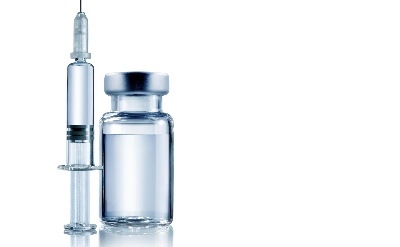A joint retrospective and prospective study presented at the 2021 ESMO Congress confirmed the safety and efficacy of rituximab, given in combination with non-pegylated liposomal doxorubicin, as a treatment for patients with diffuse large B-cell lymphoma (DLBCL) who are aged 80 years or older.
The review also identified prognostic clinical and pathologic factors associated with treatment outcomes, including elevated levels of lactate dehydrogenase (LDH) and 18-month event-free survival (EFS18).
A prior study presented in 2018 established rituximab plus non-pegylated doxorubicin as a standard of care for very elderly patients with DLBCL, who achieved favorable rates of overall survival (46%), cause-specific survival (55%) and progression-free survival (44%) with the treatment.

In order to further understand the effect of treatment, the researchers enrolled 50 patients with untreated, aggressive CD20–positive DLBCL to receive the combination treatment. The median patient age was 84 (range, 80-96).
Rituximab (375 mg/m2) and non-pegylated liposomal doxorubicin (50 mg/m2) were administered on day 1 of a 21-day cycle, along with oral prednisone administered on days 1 through 5. Treatment continued for six cycles.
The median follow-up for these patients was 28 months (range, 10-104). The researchers reported a 3-year OS for 49.9% (±7.6), as well as a cause-specific survival rate of 55.5% (±7.9) and disease-free survival rate of 48.5% (±7.8).
Patients who achieved EFS at 12 months had a 3-year OS of 66% (±13); for those achieving EFS18, the rate was 67.9% (±7).
In general, the treatment was well tolerated. No treatment-related hospitalizations or toxicity-related deaths were reported.
“Among prognostic factors, elevated LDH (> 1.25 upper limit) strongly correlates with overall survival and risk of relapse, in univariate (P = 0.001, P = 0.003) and multivariate (P = 0.002, P = 0.005) analysis,” the researchers wrote. “In patients who achieved EFS18, the probability to survive 24 and 36 months is of 90.5 and 67.9%, respectively, suggesting that EFS18 will be useful in patient counseling and should be considered as a robust end point for future studies of newly diagnosed very elderly DLBCL patients.”
Photo Credit: Getty Images
